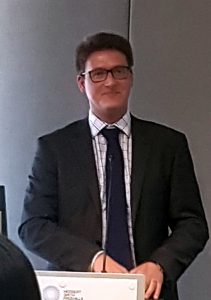 Recently I recorded my contribution to an online conference called the RTW Summit. This conference is first to Australia although other organisations have proposed such a format previously but never eventuated.
Recently I recorded my contribution to an online conference called the RTW Summit. This conference is first to Australia although other organisations have proposed such a format previously but never eventuated.
The conference has been devised and organised by Mark Stipic, a young Return To Work professional who started a podcast recently. He is intelligent and one of those people who is not afraid to take risks in the emerging world of social media.
Continue reading “Free online safety conference – RTW Summit”





